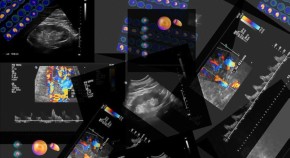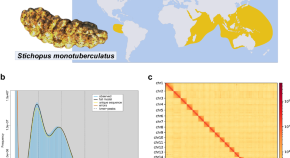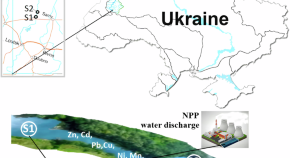Advertisement
Trending - Altmetric
-
The DecNef collection, fMRI data from closed-loop decoded neurofeedback experiments
-
Comprehensive experimental datasets of quasicrystals and their approximants
-
A high-quality chromosome-level reference genome assembly of Tibetan antelope (Pantholops hodgsonii)
-
Future land use maps for the Netherlands based on the Dutch One Health Shared Socio-economic Pathways




















